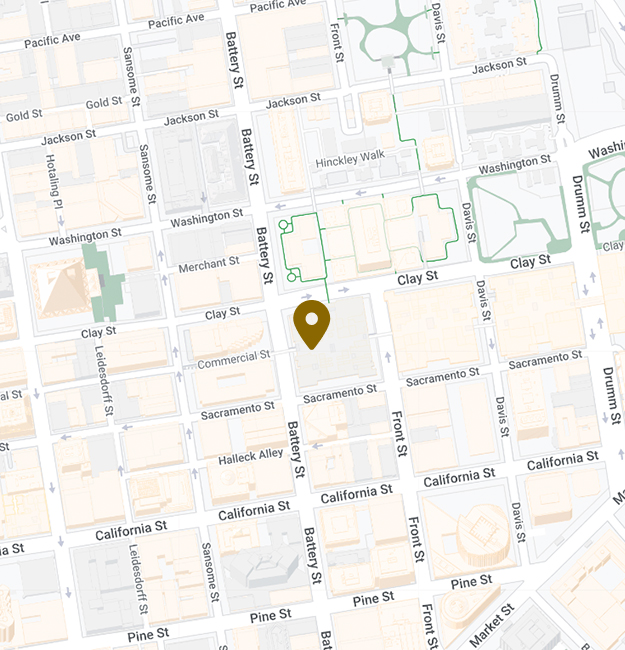How to Start the Insurance Claim After a Car Accident

Car accidents are stressful and confusing, especially in a bustling city like San Francisco. One of the first steps to protect yourself is filing an insurance claim. But how do you begin the process? In this guide, we’ll walk you through each step, helping you understand what’s required and how to maximize your chances of getting the compensation you deserve.
What to Do Right After a Car Accident
The moments following a car accident can be overwhelming, but it’s important to stay calm and take the right actions. Here are some key steps to follow immediately after the accident:
- Check for Injuries: Your health and safety should come first. Check yourself and others involved for injuries. If anyone is hurt, call 911 right away.
- Move to a Safe Area: If possible, move your vehicle out of traffic to a safer spot. Turn on your hazard lights to alert other drivers.
- Call the Police: In San Francisco, it’s important to report the accident to the police, especially if there are injuries or significant damage. The police will file an accident report, which can be crucial when filing an insurance claim.
- Exchange Information: Get the contact and insurance details of the other driver(s) involved. This should include their name, phone number, license plate number, and insurance policy information.
- Take Photos: Document the scene by taking photos of the damage to all vehicles, any visible injuries, and the overall environment of the accident.
Understanding Your Insurance Policy
Before you start an insurance claim, it’s helpful to review your car insurance policy. This will help you understand what is covered and the steps you need to take.
Most insurance policies cover the following:
- Liability Coverage: This pays for damage you cause to others and their property.
- Collision Coverage: This covers damage to your car resulting from the accident, regardless of who is at fault.
- Comprehensive Coverage: This covers damage from non-accident events like theft or natural disasters.
Knowing what type of coverage you have will help you when filing the claim and ensure you get the compensation you deserve.
How to Start the Insurance Claim
Once you’ve gathered the necessary information and ensured everyone’s safety, it’s time to start the insurance claim. Follow these steps to get started:
- Contact Your Insurance Company: Call your insurance company as soon as possible after the accident. Many insurers have mobile apps or websites where you can report the accident. Be sure to provide them with all the information you gathered at the scene, such as the other driver’s details and photos of the accident.
- Provide an Accurate Description: When explaining the accident to your insurance company, stick to the facts. Provide a detailed and accurate description of how the accident occurred. Avoid speculating or making statements that suggest you were at fault.
- Get a Claim Number: After reporting the accident, your insurance company will provide you with a claim number. Keep this number handy, as you’ll need it throughout the claims process.
- Work With the Insurance Adjuster: The insurance company will assign an adjuster to your case. They will investigate the accident, assess the damage, and determine how much your insurance will cover. Be prepared to provide any additional information the adjuster requests.
- Get Estimates for Repairs: The insurance company may require you to get estimates for vehicle repairs from approved auto shops. You can also choose a shop of your own, but it’s best to check if they’re within your insurer’s network to ensure smooth processing.
What If the Other Driver Is Uninsured?
In San Francisco, like elsewhere in California, not every driver follows the law. If the other driver doesn’t have insurance, you might be worried about how to cover the costs. Fortunately, if you have uninsured motorist coverage, your own insurance policy can help. Uninsured motorist coverage protects you if the at-fault driver lacks insurance or doesn’t have enough to cover the damages.
Dealing With Delays After You Start the Insurance Claim
Sometimes, the claims process doesn’t go smoothly. There might be delays or even denials of your claim. Here’s what to do if that happens:
- Stay in Contact: Follow up regularly with your insurance company to check on the progress of your claim.
- Provide Additional Information: If your claim is delayed, it might be because the insurance company needs more information. Respond promptly to any requests for documents or further details.
- Appeal a Denial: If your claim is denied, you have the right to appeal. Review the denial letter carefully and provide any additional evidence that supports your case.
Starting a Workers’ Compensation Claim Differs From a Personal Injury Claim
When you’re injured in a car accident, you typically file a personal injury claim. However, if you are injured while on the job, the process is different because you’ll be dealing with a workers’ compensation claim. Here’s how the two processes differ and how to start a work comp claim.
No Need to Prove Fault in Workers’ Compensation
One of the biggest differences between a workers’ compensation claim and a personal injury claim is the issue of fault. In a personal injury claim, you must prove that another party’s negligence caused the accident. For example, if another driver hit you, you’d need to show that their carelessness led to the accident.
In a workers’ compensation claim, fault doesn’t matter. Even if the accident was your fault, you can still receive benefits. Workers’ compensation is a no-fault system designed to provide medical care and wage replacement for employees injured on the job, regardless of who caused the injury.
Limited Benefits in Workers’ Compensation
Workers’ compensation offers specific benefits, but they are more limited than what you could receive in a personal injury claim. In a personal injury case, you can seek compensation for medical expenses, lost wages, pain and suffering, and other damages. However, in a workers’ compensation claim, the benefits are generally restricted to:
- Medical Treatment: Coverage for medical care related to your work injury.
- Temporary or Permanent Disability: Payments to cover part of your lost wages if you cannot work while recovering.
- Vocational Rehabilitation: Assistance if you need training or education to return to work.
Pain and suffering, which is commonly part of personal injury compensation, is not covered under workers’ compensation.
The Process for Filing a Workers’ Compensation Claim
Filing a workers’ compensation claim follows a different process compared to a personal injury claim. When you’re injured at work, you must report the injury to your employer as soon as possible, often within 30 days. Your employer will then provide you with a claim form to fill out. Once submitted, the claim is sent to the workers’ compensation insurance company, which will handle the case.
In a personal injury claim, you deal directly with the at-fault party’s insurance company or file a lawsuit. Workers’ compensation claims are handled through your employer’s workers’ comp insurance provider, and there’s no need to prove fault or sue your employer.
Should You Hire a Lawyer to Start the Insurance Claim?
In some cases, you may want to hire a personal injury lawyer to help with you start the insurance claim. This can be especially helpful if you suffered serious injuries, the accident involved an uninsured driver, or the insurance company is refusing to offer a fair settlement. A lawyer can help negotiate on your behalf and ensure that you receive the compensation you deserve.
Protecting Your Rights After a Car Accident
The aftermath of a car accident can be complicated, but knowing how to start an insurance claim can make the process smoother. By following the steps outlined above, you’ll be better prepared to navigate the claims process and get the compensation you’re entitled to. Remember to document everything, communicate clearly with your insurance company, and seek legal help if necessary.
If you’ve been injured in a car accident in San Francisco and need assistance with your insurance claim, contact a personal injury attorney for a free consultation. They can help you understand your rights and make sure you receive the compensation you deserve.









